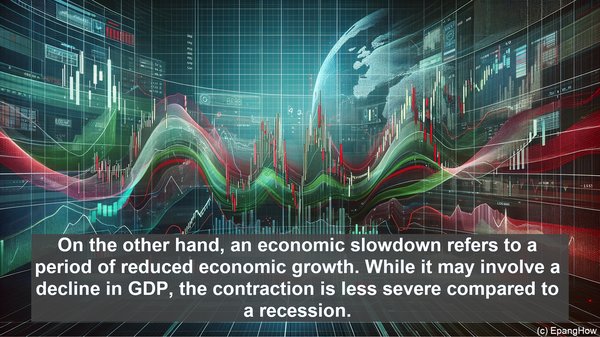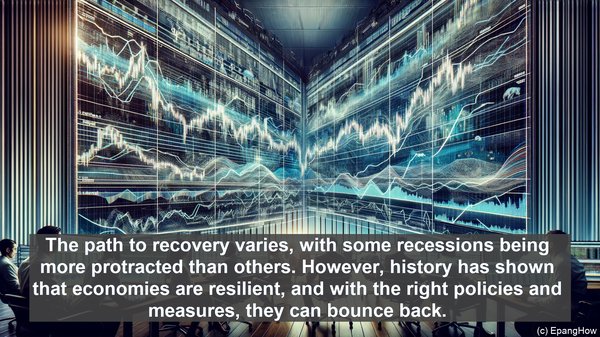Introduction: The Ebb and Flow of Economies
Hello everyone! The global economy is a dynamic entity, characterized by periods of growth and contraction. Today, we’ll be exploring two such phases: recessions and economic slowdowns. While these terms are often used interchangeably, they do possess distinct characteristics and implications. So, let’s dive in!
Defining Recessions: A Formal Contraction
A recession is a significant decline in economic activity, typically lasting for several months. It is marked by a contraction in Gross Domestic Product (GDP), a broad measure of a country’s economic output. Recessions are often accompanied by a rise in unemployment rates, as businesses scale back operations and lay off workers. Central to understanding recessions is the concept of the business cycle, a recurring pattern of economic expansion and contraction.
Economic Slowdowns: A Milder Contraction
On the other hand, an economic slowdown refers to a period of reduced economic growth. While it may involve a decline in GDP, the contraction is less severe compared to a recession. Think of it as a deceleration in the pace of economic activity. During an economic slowdown, businesses may experience reduced demand for their products or services, leading to a cautious approach in hiring and investment.

Causes and Triggers: Distinguishing Factors
Both recessions and economic slowdowns can have various causes. Recessions are often triggered by significant events, such as financial crises or large-scale disruptions. The 2008 global financial crisis, for instance, led to a severe recession. Economic slowdowns, on the other hand, can be the result of multiple factors, including changes in consumer spending patterns, shifts in global trade dynamics, or even policy decisions.
Policy Responses: Navigating the Downturns
When faced with recessions or economic slowdowns, policymakers have several tools at their disposal. Monetary policy, controlled by central banks, involves adjusting interest rates and managing the money supply to stimulate economic activity. Fiscal policy, on the other hand, pertains to government spending and taxation. During downturns, governments may implement expansionary fiscal policies, such as increased infrastructure spending, to boost the economy.

Implications and Recovery: Looking Ahead
The impact of recessions and economic slowdowns can be far-reaching. Beyond the immediate consequences of job losses and reduced business activity, these downturns can have long-term effects on productivity, investment, and even social welfare. The path to recovery varies, with some recessions being more protracted than others. However, history has shown that economies are resilient, and with the right policies and measures, they can bounce back.
